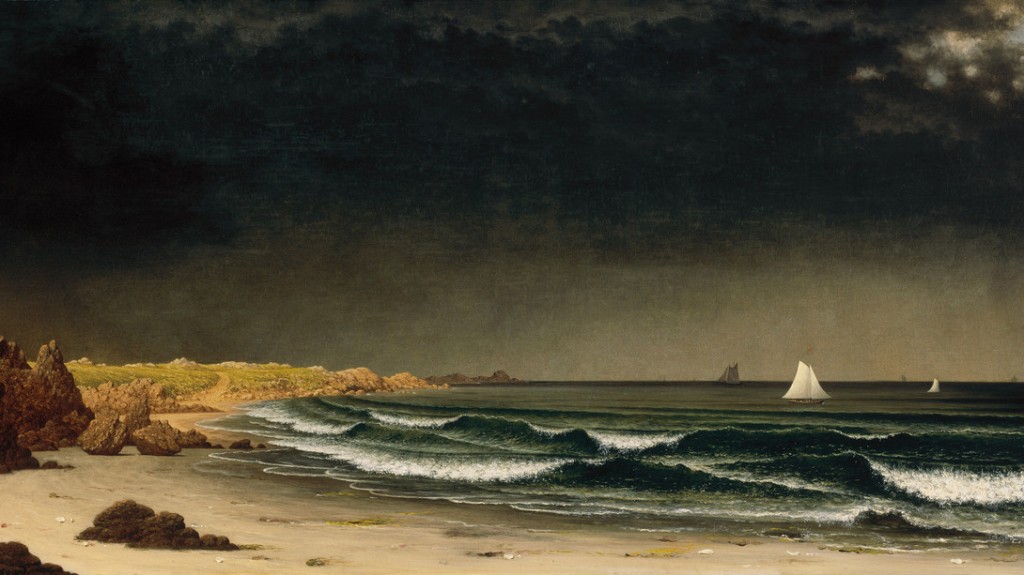Beginning with the late -18th to the mid -19th century, new Romantic attitude begun to characterize culture and many art works in Western civilization. It started as an artistic and intellectual movement that emphasized a revulsion against established values (social order and religion).
Romanticism exalted individualism, subjectivism, irrationalism, imagination, emotions and nature – emotion over reason and senses over intellect. Since they were in revolt against the orders, they favored the revival of potentially unlimited number of styles (anything that aroused them). Romantic artists were fascinated by the nature, the genius, their passions and inner struggles, their moods, mental potentials, the heroes. They investigated human nature and personality, the folk culture, the national and ethnic origins, the medieval era, the exotic, the remote, the mysterious, the occult, the diseased, and even satanic.
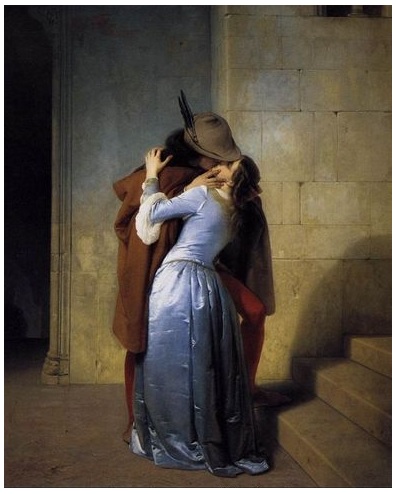
Romantic artist had a role of an ultimate egoistic creator, with the spirit above strict formal rules and traditional procedures. He had imagination as a gateway to transcendent experience and spiritual truth.
The German poets and critics August Wilhelm and Friedrich Schlegel first used the term ‘Romanticism’ to label a wider cultural movement. For the Schlegel brothers, it was a product of Christianity.
The culture of the Middle Ages created a Romantic sensibility which differed from the Classical. Christian culture dealt with a struggle between the heavenly perfection and the human experience of inadequacy and guilt. This sense of struggle, and ever-present dark forces was allegedly present in Medieval culture. While this view partly explains Romantic fascination with the Middle Ages, the actual causes of the Romantic movement itself correspond to the sense of rapid, dynamic social change that culminated in the French Revolution and the Napoleonic era.
Hudson River School (1835 – 1870)
Hudson River School was the first American school of landscape painting active from 1835-1870. Read More

The subjects of their art were romantic spectacles from the Hudson River Valley and upstate New York. The artist Thomas Cole is synonymous with this region and first leader of the group.
Other famous artists of the group are
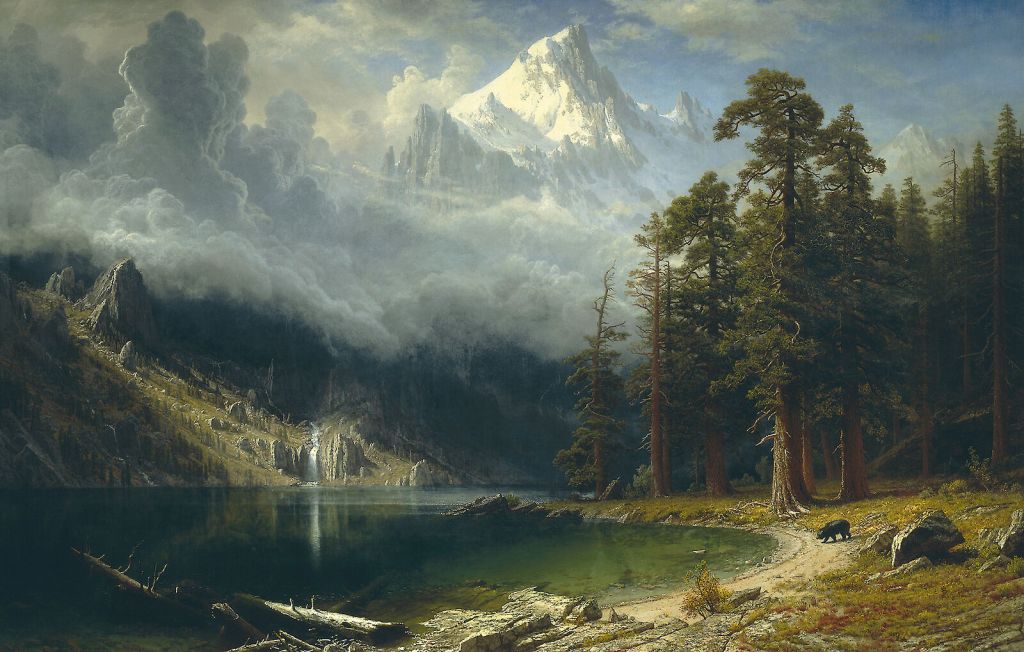


In the 1820s and 1830s Durand owned a series of printmaking firms and was active in New York cultural circles. In 1825 he helped organize the New York Drawing Association, which in 1826 became the National Academy of Design, with Durand as one of the fifteen founding members. In these same years he was also involved with several other arts groups, including James Fenimore Cooper’s Bread and Cheese Club and the Sketch Club.
Thomas Moran, (Bio) 1837–1926

Moran’s inquisitive and adventurous nature increasingly led him westwards, away from the spiritual home of the Hudson River School, for which reason he is also remembered, along with Albert Bierstadt, Thomas Hill, and William Keith, as a member of the so-called Rocky Mountain School. The painters of this school applied the luminous color palette and European Romantic aesthetics of the Hudson River School to the landscapes of the American West.
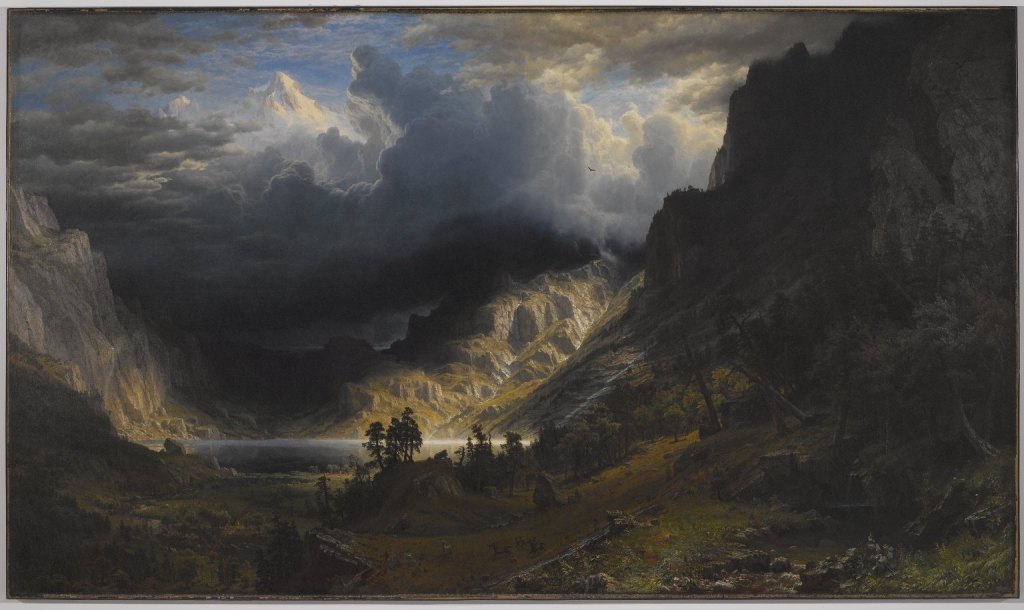
Frederic Edwin Church, 1815–1865.

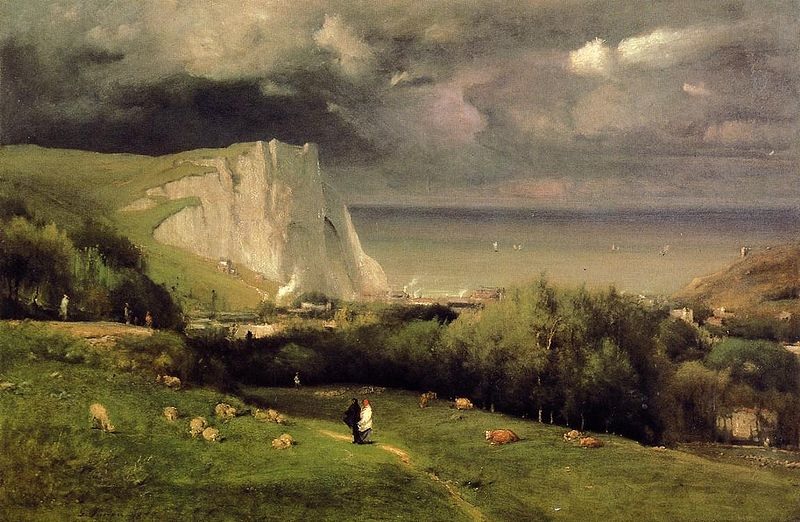
John Frederic Kensett, 1816-1872

Martin Johnson Heade. 1819-1904
